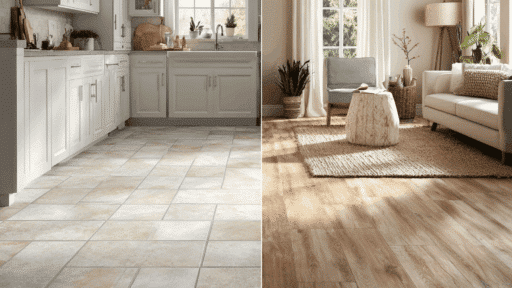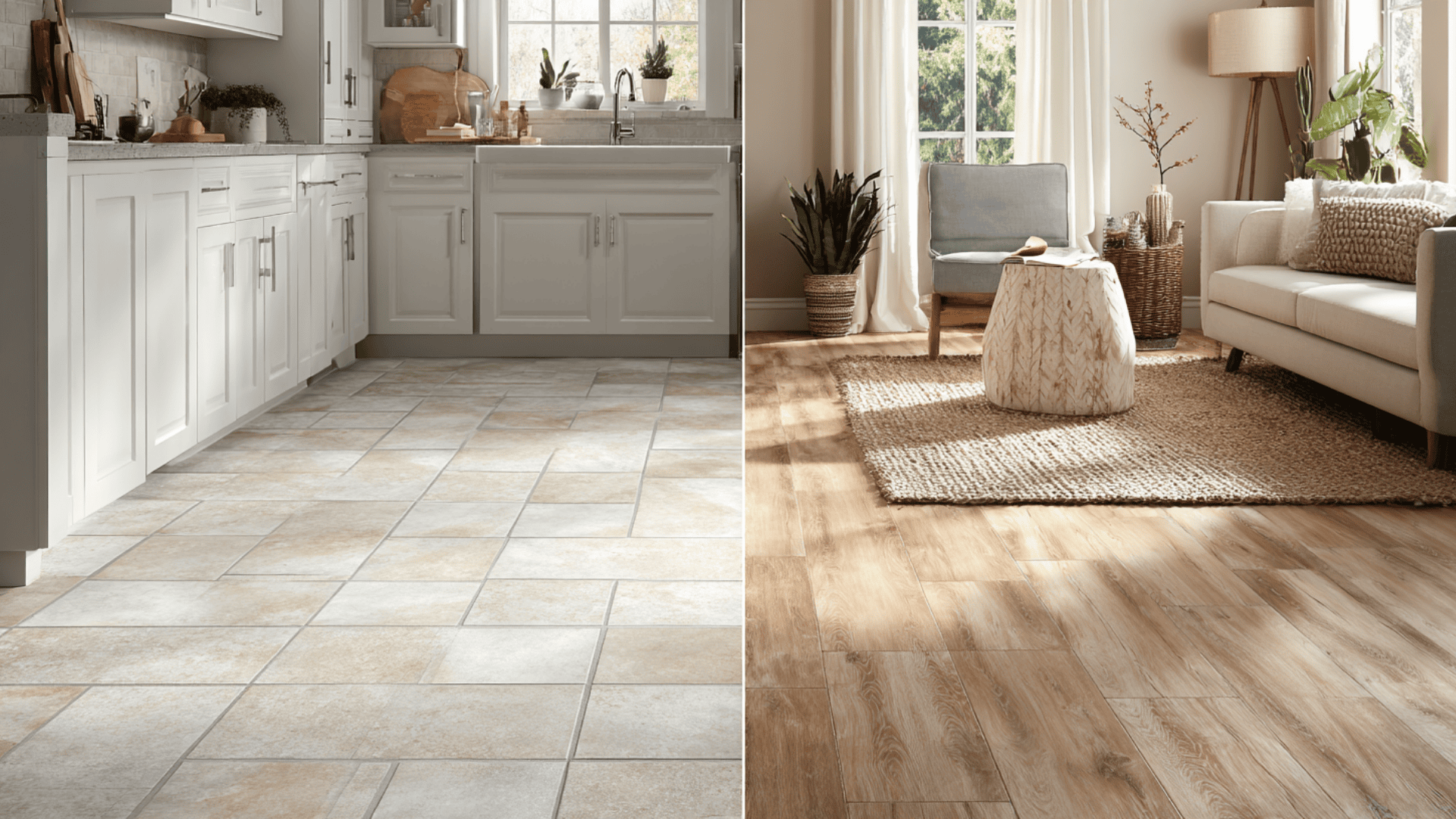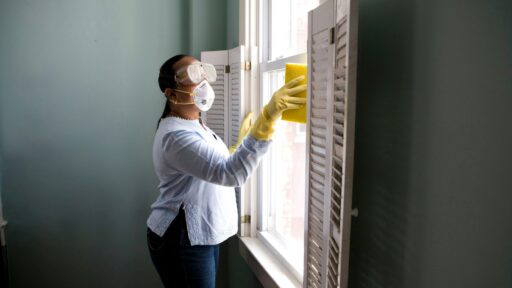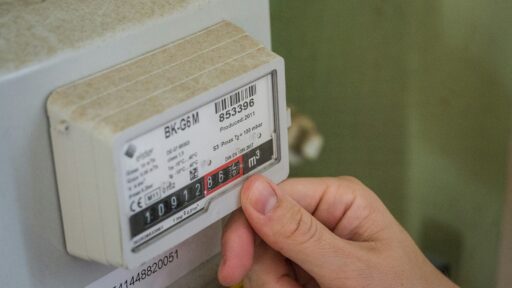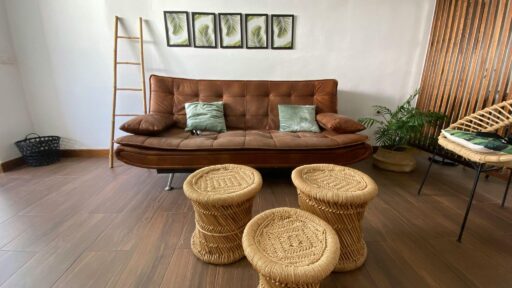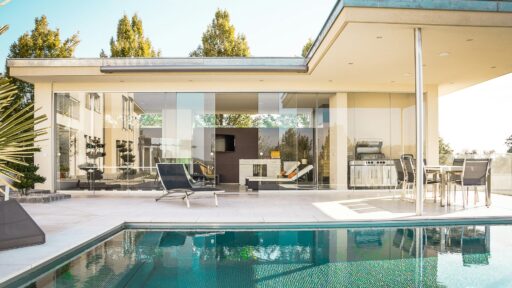Choosing the right flooring can change how your entire space feels, if you’re fixing up a bathroom, finishing a basement, or giving your living room a better look. That’s where LVT and LVP come in.
These two flooring types look great, cost less than real wood or stone, and can withstand daily wear and tear without much trouble. But they’re not the same.
LVT (Luxury Vinyl Tile) copies the look of stone or ceramic, while LVP (Luxury Vinyl Plank) gives you that classic wood board feel.
If you’re stuck between tile and wood looks or trying to find something that fits your budget and skill level, this article breaks it down for you.
What is LVT Flooring?
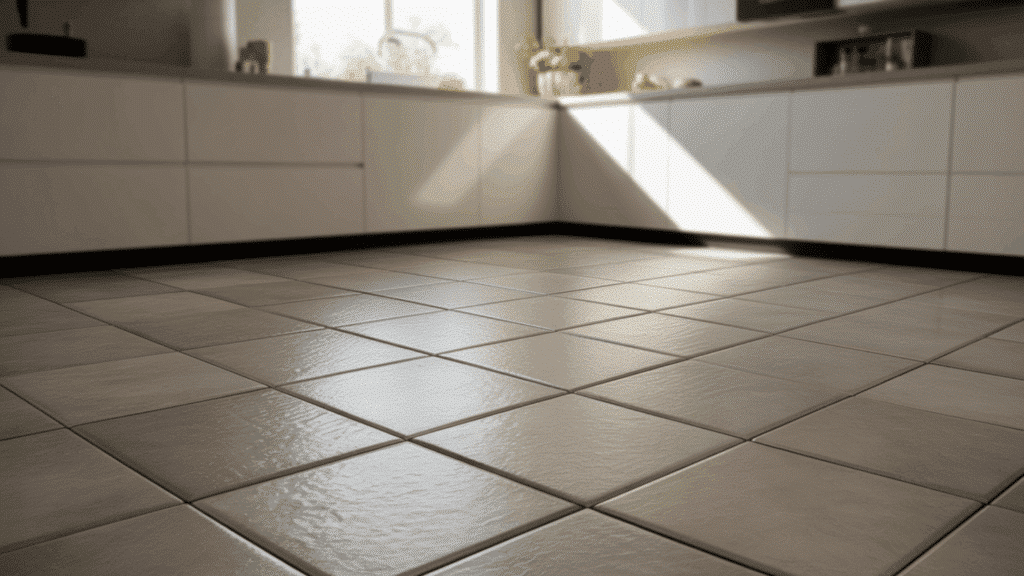
LVT stands for Luxury Vinyl Tile. This flooring comes in square pieces that copy the look of real stone, ceramic, marble, or natural tile materials.
Most LVT pieces measure 12×12 inches or 18×18 inches; however, other sizes are also available. You can install them with adhesive or choose click-together versions that lock into place.
The design quality has improved greatly over recent years. Modern LVT can fool most people into thinking it’s real stone or ceramic tile.
The surface texture feels realistic under your feet, and many brands add embossed patterns that match the visual design.
LVT works well in areas where you want the formal look of tile but need better comfort and easier maintenance than traditional ceramic or stone options.
What is LVP Flooring?
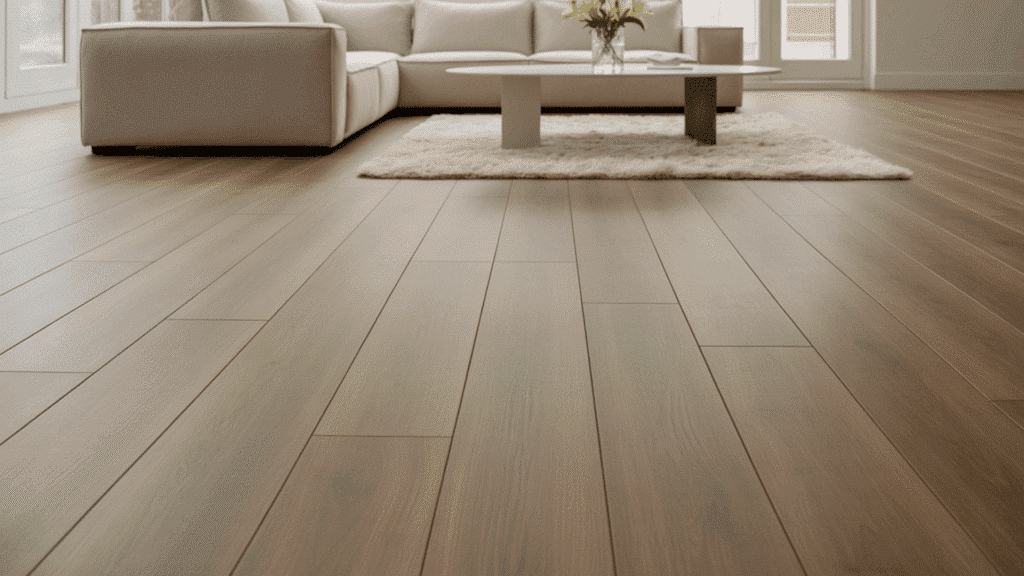
LVP means Luxury Vinyl Plank. These pieces are longer and narrower, designed to copy real wood boards perfectly.
Common sizes range from 4 to 9 inches wide and 36 to 72 inches long. LVP comes in three installation styles: floating, glue-down, and click-lock, to suit different project needs.
The wood grain patterns look very realistic, with some brands adding texture that feels like real wood when you walk on it.
Color options range from light oak to dark walnut and everything in between. Many LVP products include beveled edges and varied plank lengths to create the random look of real hardwood floors.
This flooring type works well in areas where you want the warm, natural appearance of wood without the maintenance challenges or moisture concerns associated with traditional hardwood.
LVT vs LVP: Shape, Look, and Where Each One Works Best
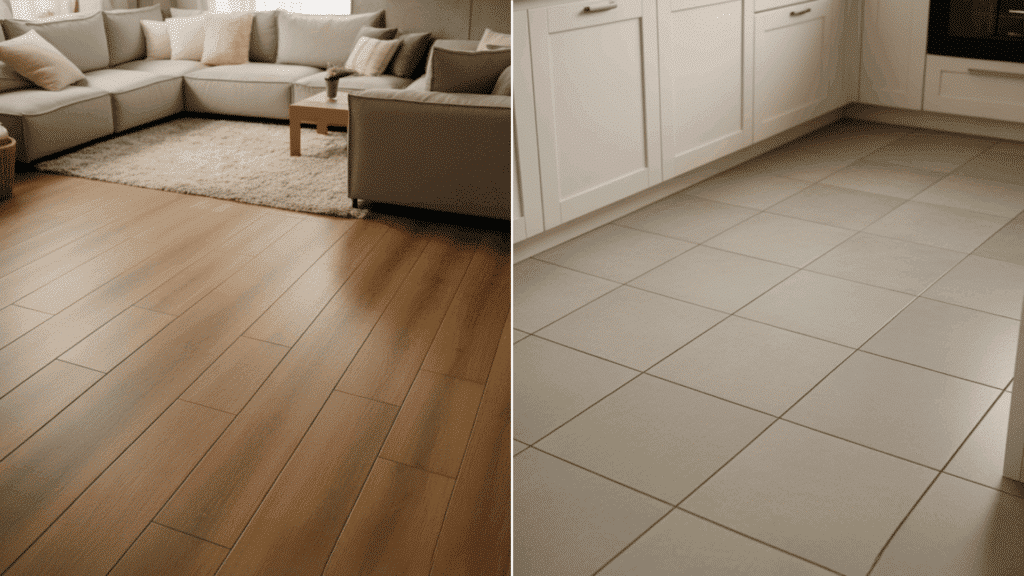
Understanding the key differences between LVT and LVP helps you select the ideal option for your space. This comparison covers the most important factors that affect your flooring decision.
| FEATURE | LVT | LVP |
|---|---|---|
| Shape | Square tiles (12×12″, 18×18″) | Rectangular planks (4-9″ wide, 36-72″ long) |
| Appearance | Stone, ceramic, marble, and slate look | Wood grain patterns only |
| Installation Patterns | Brick, herringbone, straight, diagonal | Straight rows, diagonal, random lengths |
| Best Room Feel | Formal, modern, clean | Warm, casual, traditional |
| Typical Cost | $2-7 per sq ft | $2-8 per sq ft |
| DIY Difficulty | Medium to hard | Easy to medium |
| Seam Visibility | More seams, grid pattern | Fewer long seams |
| Design Flexibility | High pattern variety | Limited to wood styles |
These differences will guide your choice based on room function, style preferences, and installation skills. Consider which features matter most for your specific project needs.
LVT Flooring Pros and Cons
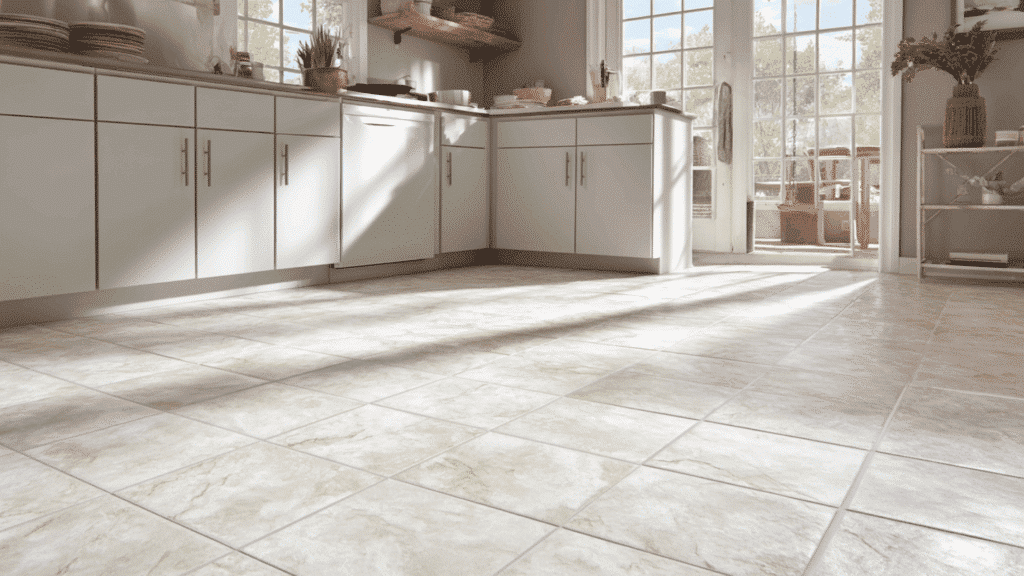
LVT offers excellent water resistance and realistic stone looks, making it perfect for kitchens and bathrooms. However, it may show dust more easily and feel colder in the winter months.
Pros:
LVT offers numerous advantages, making it a smart flooring choice for modern homes. These benefits explain why so many homeowners choose LVT over traditional materials.
- Excellent Water Resistance – Handles spills, humidity, and moisture better than most flooring types, making it perfect for wet areas like bathrooms and basements.
- Easy Maintenance – Simple cleaning, including regular sweeping and occasional damp mopping, keeps it looking new for years without requiring special treatments or products.
- Realistic Stone Appearance – Modern manufacturing techniques create convincing marble, slate, and ceramic looks that fool most visitors at a fraction of the cost of real stone.
- Comfortable Underfoot – Provides more cushion and warmth than real tile or stone, reducing foot fatigue during long periods of standing.
- High Durability – Thick wear layers effectively resist scratches, dents, and stains from heavy foot traffic, pets, and daily household activities.
These advantages make LVT an excellent investment for busy households. The combination of beauty, performance, and value is hard to beat in today’s flooring market.
Cons:
While LVT offers numerous benefits, it also has some limitations to consider. Understanding these drawbacks helps you make a more informed decision about flooring.
- Shows Dust and Debris – Light-colored options and smooth surfaces make dirt, pet hair, and footprints more visible, requiring more frequent cleaning attention.
- Limited Design Scope – Restricted to stone and tile looks only, which may not fit homes wanting wood or other material appearances.
- Cold Feeling – Can feel chilly in winter months without radiant heating, especially in basements or rooms with poor insulation systems.
- Installation Complexity – Some glue-down versions require professional installation and specialized tools, which adds to overall project costs and timeline considerations.
Consider these factors when choosing LVT for your home. The benefits often outweigh the drawbacks for most homeowners seeking durable, water-resistant flooring.
LVP Flooring Pros and Cons
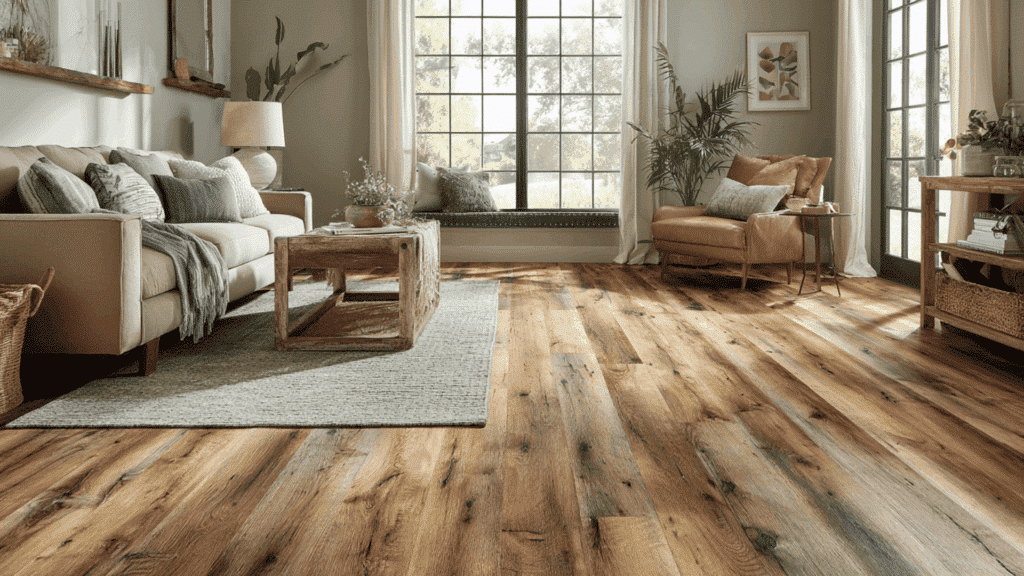
LVP creates beautiful wood looks with easy maintenance and comfortable walking surfaces. The main drawbacks include limited design options and the potential for visible scratches over time.
Pros:
LVP stands out for its natural wood appearance and user-friendly installation process. These advantages make it a top choice for homeowners wanting hassle-free, beautiful flooring.
- Wood Appearance – Advanced printing and texturing technology create realistic oak, maple, and exotic wood looks that closely match expensive hardwood flooring.
- Warmer Feel – Offers a more comfortable walking surface than tile options, especially during colder months when bare feet come into contact with the floor.
- Easy DIY Installation – Click-lock floating systems allow most homeowners to install planks themselves with basic tools and minimal flooring experience required.
- Suitable for Large Spaces – Long planks create fewer seams across big rooms, giving a cleaner, more continuous wood appearance throughout open floor plans.
- Scratch Resistance – Quality wear layers protect against pet claws, furniture legs, and daily wear better than traditional hardwood or laminate flooring options.
These benefits explain why LVP continues growing in popularity among homeowners. The combination of looks, comfort, and practicality makes it a smart flooring investment.
Cons:
Despite its many strengths, LVP has some limitations that might affect your choice. Being aware of these issues helps you set proper expectations for your flooring project.
- Wood Styles Only – Limited to wood grain patterns and colors, preventing use in homes wanting stone, tile, or other material appearances.
- Potential Edge Wear – High-traffic areas may show wear patterns along plank edges first, especially with lower-quality products or improper installation methods.
- Expansion Issues – Can expand and contract with temperature changes, potentially creating gaps or buckling if not installed with proper spacing allowances.
- Seam Separation – Poor installation or settling may cause long seams to separate over time, creating visible gaps that collect dirt and debris.
Most homeowners find LVP’s wood appearance and easy installation worth these minor concerns. Select high-quality products and ensure proper installation to minimize potential issues.
How to Choose Between LVT and LVP for Your Home
Choosing the right flooring type between LVT and LVP depends on your specific needs and preferences. Consider these key factors to help guide your decision for the best results.
Start by thinking about the look you want in your space. LVT works best when you prefer the appearance of stone, tile, or ceramic. LVP is your choice when you want the warm, natural look of wood flooring.
Next, consider the room where you’ll install the flooring. Bathrooms, kitchens, and basements often benefit from LVT’s superior water resistance.
Living rooms, bedrooms, and open spaces typically look better with LVP’s wood-like warmth.
Consider your installation skills and budget as well. LVP floating floors are generally easier for DIY projects. LVT may require professional installation, especially for complex patterns.
Finally, consider long-term maintenance and durability needs. Both options offer excellent performance, but LVT hides scratches better, while LVP provides a more comfortable walking surface.
Conclusion
LVT and LVP both give you great looks, solid performance, and easier care than real stone or wood.
LVT is best suited for areas that require a clean, modern look, particularly bathrooms or kitchens. LVP feels warmer and more natural in bedrooms or living rooms where comfort is a priority.
Consider how each room is used, what you prefer to see underfoot, and the level of effort you’re willing to invest in the installation. Both are strong choices that hold up well in busy homes.
Have you tried LVT or LVP in your home? Which one worked better for you, and why?
Drop your thoughts in the comments; we’d love to hear your take.

